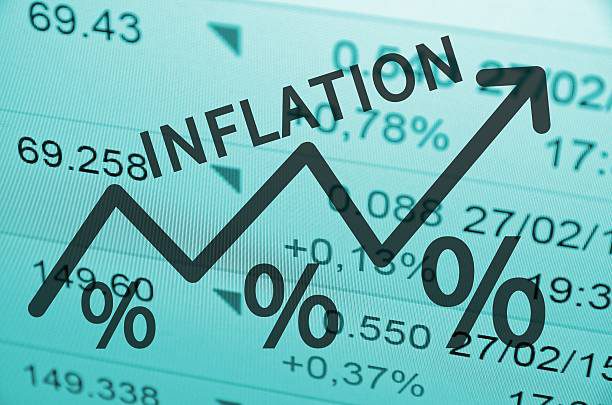
Biden’s inflation is hitting families extremely hard.
According to a new survey, over half of Americans are now considering getting a second job.
The survey from Qualtrics found that 38% of workers have already looked for a second job — while another 14% said they plan on finding a second job.
Over half of working Americans have considered holding multiple jobs to pay their living expenses as inflation remained stubbornly high in September and real wages fell.
About 38% of workers have looked for a second job, while an additional 14% have plans to do so, according to a survey of more than 1,000 full-time US employees by Qualtrics International Inc., which makes software used by over 16,000 organizations. At the same time, 18% of working adults said they had moved to an area with a lower cost of living to cut expenses, and another 13% plan to do so.
Americans are trying to get more shifts to work and find higher-paying jobs to deal with the decade-high inflation.
40% of American consumers told financial services company Primerica that they are taking on more credit card debt.
To cope with higher costs, some workers are seeking more shifts or hours from their employers, while others say they’re looking for a higher-paying job, noted Qualtrics, a maker of business management software. Almost 6 in 10 want the chance to work overtime or extra shifts, while about 4 in 10 have searched for a new job with higher pay.
Meanwhile, more Americans are putting expenses on credit cards as their wages lag inflation. Almost 40% of consumers told financial services company Primerica they are taking on more credit card debt, a 6 percentage-point increase since June.
But accruing credit card debt carries more financial risks than a year ago. Because of the Fed’s rate hikes, credit card companies are charging much higher interest than in 2021. That could lead to a snowball effect if consumers can’t pay down their balances and incur higher interest rates.
A middle-income family with two kids now has to spend $26,011 to raise a child to the age of 17.
In a new analysis,[1] we looked to the 17-years between 1980 and 1997, another period of substantially elevated inflation rates. The average Consumer Price Index increase during that period—which included a decline in inflation following Fed actions—was 4 percent.
We then re-calculated the projected cost of raising a child assuming a 4 percent inflation rate from 2021 to 2032. We estimate that total average family expenditures on a child born in 2015 to a middle-class family with two children, adjusted for higher expected future inflation, would be $310,605. Due to higher inflation, a middle-income married family with two children will now spend $26,011 more to raise a child to the age of 17.
This cost increase presents an even heavier burden for low-income parents and families, for whom expenses such as food, housing, and gas comprise an even larger portion of their income.
This is Joe Biden’s economy.



Post a Comment